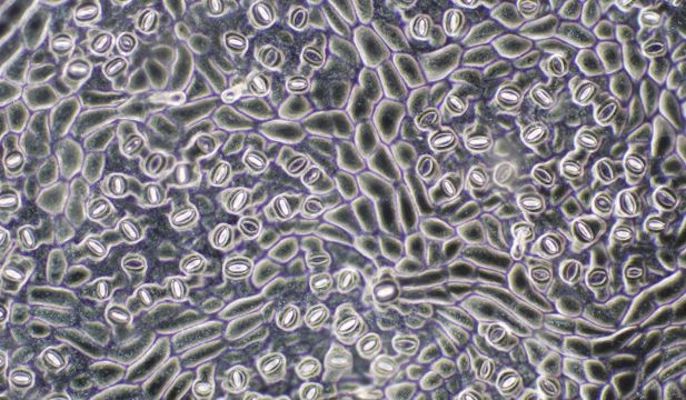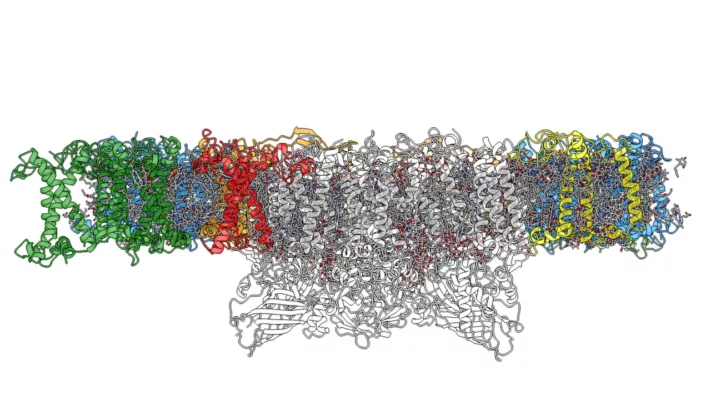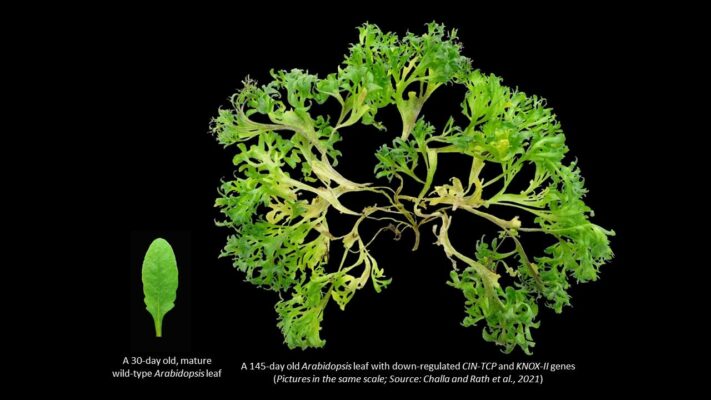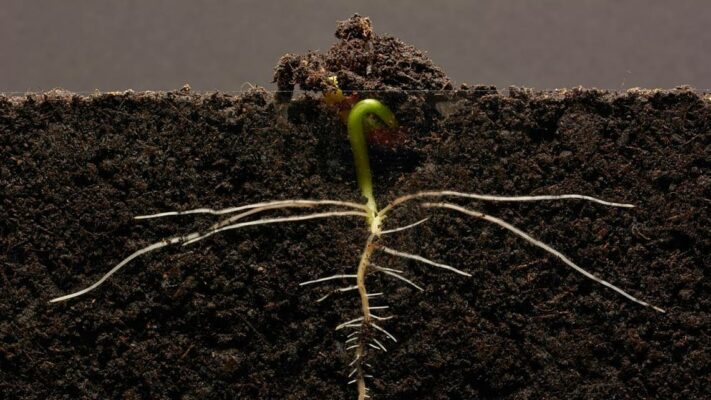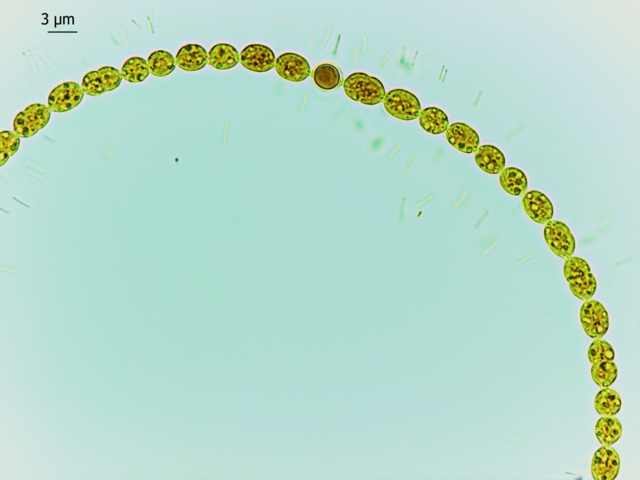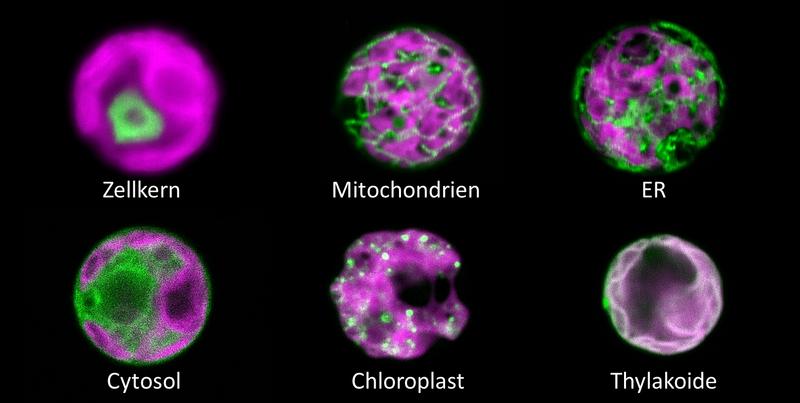
aching and disinfecting agent. However, it is also constantly produced in living cells. Often as a byproduct of biological processes, sometimes intentionally, for example to kill pathogens. It is also thought that H2O2 plays an important role as a signaling…
Read More



